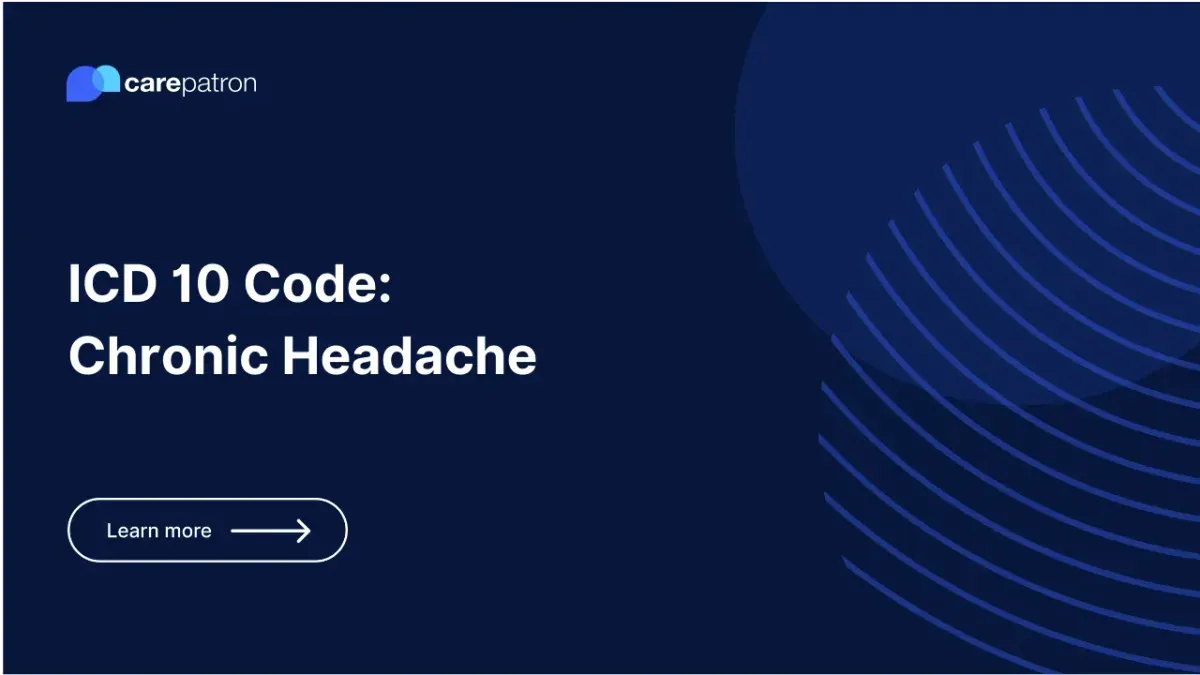
Chronic Headache ICD-10-CM Codes
Explore 2025 ICD-10 codes for chronic headache, including migraines and tension types. Learn about billing, documentation, diagnosis, and treatment options.
Use Code
Commonly asked questions
Use a chronic headache ICD-10 code when a patient experiences headaches on 15 or more days per month for at least three months, with clinical evaluation confirming a consistent pattern. The code should reflect the specific type (e.g., migraine, tension-type, cluster) to support accurate diagnosis, documentation, and billing.
Yes, chronic headache diagnosis codes are billable as long as the documentation supports the condition's chronicity and includes relevant clinical findings. Proper coding also requires alignment with specific criteria, such as frequency, duration, and associated symptoms.
Common treatments include prescription medications (e.g., triptans, beta-blockers, antidepressants), physical therapy, lifestyle modification, and behavioral therapies. In some cases, procedures like nerve blocks or Botox injections may be used for more severe or intractable chronic headache types.
EHR and practice management software
Get started for free
*No credit card required
Free
$0/usd
Unlimited clients
Telehealth
1GB of storage
Client portal text
Automated billing and online payments
